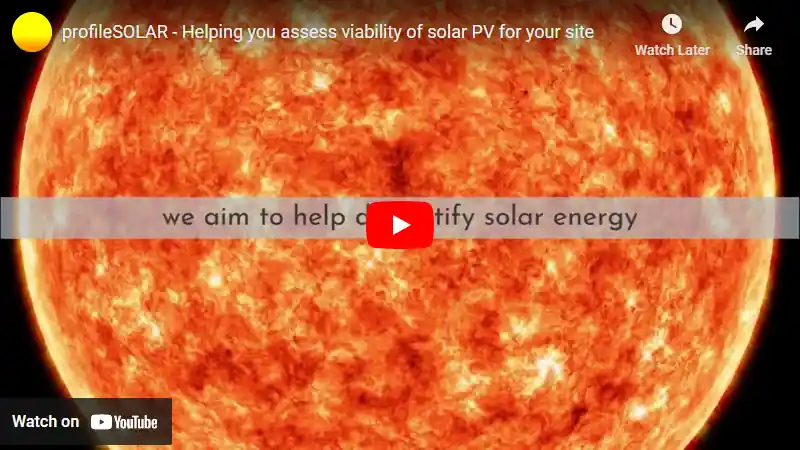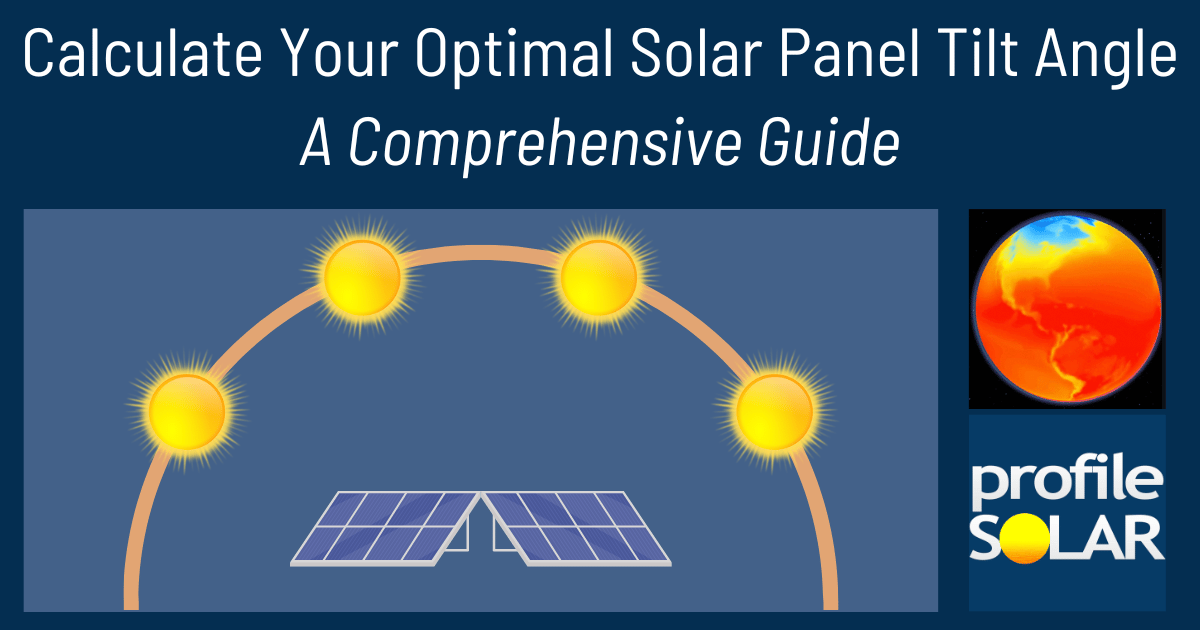

Located at latitudinal and longitudinal coordinates of -45.0226 and 168.7289 respectively, Queenstown, Otago, New Zealand is a promising site for solar photovoltaic (PV) energy generation. The city sees an impressive average daily output per kilowatt of installed solar power throughout the year, with seasonal variations as follows: summer produces 6.59 kWh/day; autumn yields 3.20 kWh/day; winter generates 1.84 kWh/day, while spring records an output of 5.42 kWh/day.
The significant energy production in summer can be attributed to the city's position within the Southern Temperate Zone which enjoys extended daylight hours and abundant sunshine during this period. Conversely, winter months witness shorter days with reduced sunlight exposure leading to lesser power generation.
However, it should be noted that Queenstown occasionally experiences strong winds and heavy snowfall which could potentially hamper solar production by obscuring panels or causing physical damage to them. Fortunately, these weather events are not frequent enough to pose a significant threat to consistent power generation from installed PV systems.
As for installation considerations at this location, tilting the panels at an optimal angle of 39 degrees facing North would ensure maximum absorption of sunlight throughout the year thereby enhancing their performance efficiency.
Preventative measures such as regular panel cleaning especially after snowfall or high wind events can help maintain optimal functioning and longevity of the system by avoiding dust or debris accumulation on panel surfaces which may obstruct light penetration thus reducing overall efficiency.
Note: The Southern Temperate Zone extends from -35° latitude South down to -66.5° latitude.
So far, we have conducted calculations to evaluate the solar photovoltaic (PV) potential in 93 locations across New Zealand. This analysis provides insights into each city/location's potential for harnessing solar energy through PV installations.
Link: Solar PV potential in New Zealand by location
Solar output per kW of installed solar PV by season in Queenstown
Seasonal solar PV output for Latitude: -45.0226, Longitude: 168.7289 (Queenstown, New Zealand), based on our analysis of 8760 hourly intervals of solar and meteorological data (one whole year) retrieved for that set of coordinates/location from NASA POWER (The Prediction of Worldwide Energy Resources) API:




Ideally tilt fixed solar panels 39° North in Queenstown, New Zealand
To maximize your solar PV system's energy output in Queenstown, New Zealand (Lat/Long -45.0226, 168.7289) throughout the year, you should tilt your panels at an angle of 39° North for fixed panel installations.
As the Earth revolves around the Sun each year, the maximum angle of elevation of the Sun varies by +/- 23.45 degrees from its equinox elevation angle for a particular latitude. Finding the exact optimal angle to maximise solar PV production throughout the year can be challenging, but with careful consideration of historical solar energy and meteorological data for a certain location, it can be done precisely.
We use our own calculation, which incorporates NASA solar and meteorological data for the exact Lat/Long coordinates, to determine the ideal tilt angle of a solar panel that will yield maximum annual solar output. We calculate the optimal angle for each day of the year, taking into account its contribution to the yearly total PV potential at that specific location.

Seasonally adjusted solar panel tilt angles for Queenstown, New Zealand
If you can adjust the tilt angle of your solar PV panels, please refer to the seasonal tilt angles below for optimal solar energy production in Queenstown, New Zealand. As mentioned earlier, for fixed-panel solar PV installations, it is optimal to maintain a 39° North tilt angle throughout the year.
| Overall Best Summer Angle | Overall Best Autumn Angle | Overall Best Winter Angle | Overall Best Spring Angle |
|---|---|---|---|
| 29° North in Summer | 49° North in Autumn | 60° North in Winter | 37° North in Spring |
Our recommendations take into account more than just latitude and Earth's position in its elliptical orbit around the Sun. We also incorporate historical solar and meteorological data from NASA's Prediction of Worldwide Energy Resources (POWER) API to assign a weight to each ideal angle for each day based on its historical contribution to overall solar PV potential during a specific season.
This approach allows us to provide much more accurate recommendations than relying solely on latitude, as it considers unique weather conditions in different locations sharing the same latitude worldwide.
Calculate solar panel row spacing in Queenstown, New Zealand
We've added a feature to calculate minimum solar panel row spacing by location. Enter your panel size and orientation below to get the minimum spacing in Queenstown, New Zealand.
Our calculation method
- Solar Position:
We determine the Sun's position on the Winter solstice using the location's latitude and solar declination. - Shadow Projection:
We calculate the shadow length cast by panels using trigonometry, considering panel tilt and the Sun's elevation angle. - Minimum Spacing:
We add the shadow length to the horizontal space occupied by tilted panels.
This approach ensures maximum space efficiency while avoiding shading during critical times, as the Winter solstice represents the worst-case scenario for shadow length.
Topography for solar PV around Queenstown, New Zealand
The topography around Queenstown, New Zealand is generally hilly and mountainous. Areas to the north of the city such as Arrowtown and Gibbston Valley have some flat land that would be suitable for large-scale solar PV installations. The nearby towns of Glenorchy, Kingston, and Mossburn are also located on fairly flat terrain and could potentially be used for solar energy systems. Additionally, areas to the south of Queenstown near Lake Wakatipu may offer more open spaces with good sun exposure that could be utilized for solar power generation.
New Zealand solar PV Stats as a country
New Zealand ranks 78th in the world for cumulative solar PV capacity, with 146 total MW's of solar PV installed. Each year New Zealand is generating 29 Watts from solar PV per capita (New Zealand ranks 58th in the world for solar PV Watts generated per capita). [source]
Are there incentives for businesses to install solar in New Zealand?
Yes, there are several incentives for businesses wanting to install solar energy in New Zealand. The government offers a range of grants and subsidies to help businesses reduce their energy costs and increase their use of renewable energy sources. These include the Solar PV Grant Scheme, which provides up to $20,000 per installation towards the cost of installing solar photovoltaic (PV) systems; the Low Emission Vehicles Contestable Fund, which provides funding for electric vehicles; and the Energy Efficiency and Conservation Authority’s Business Energy Management Programme, which helps businesses identify ways to save money on their energy bills. Additionally, some local councils offer rates rebates or other incentives for businesses that install solar panels.
Do you have more up to date information than this on incentives towards solar PV projects in New Zealand? Please reach out to us and help us keep this information current. Thanks!
Citation Guide
Article Details for Citation
Author: Aaron Robinson
Publisher: profileSOLAR.com
First Published: Friday 29th of September 2023
Last Updated: Wednesday 26th of June 2024
Tell Us About Your Work
We love seeing how our research helps others! If you've cited this article in your work, we'd be delighted to hear about it. Drop us a line via our Contact Us page or on X, to share where you've used our information - we may feature a link to your work on our site. This helps create a network of valuable resources for others in the solar energy community and helps us understand how our research is contributing to the field. Plus, we occasionally highlight exceptional works that reference our research on our social media channels.
Feeling generous?

Share this with your friends!


Compare this location to others worldwide for solar PV potential
The solar PV analyses available on our website, including this one, are offered as a free service to the global community. Our aim is to provide education and aid informed decision-making regarding solar PV installations.
However, please note that these analyses are general guidance and may not meet specific project requirements. For in-depth, tailored forecasts and analysis crucial for feasibility studies or when pursuing maximum ROI from your solar projects, feel free to contact us; we offer comprehensive consulting services expressly for this purpose.
Helping you assess viability of solar PV for your site
Calculate Your Optimal Solar Panel Tilt Angle: A Comprehensive Guide
Enhance your solar panel's performance with our in-depth guide. Determine the best tilt angle using hard data, debunk common misunderstandings, and gain insight into how your specific location affects solar energy production.







